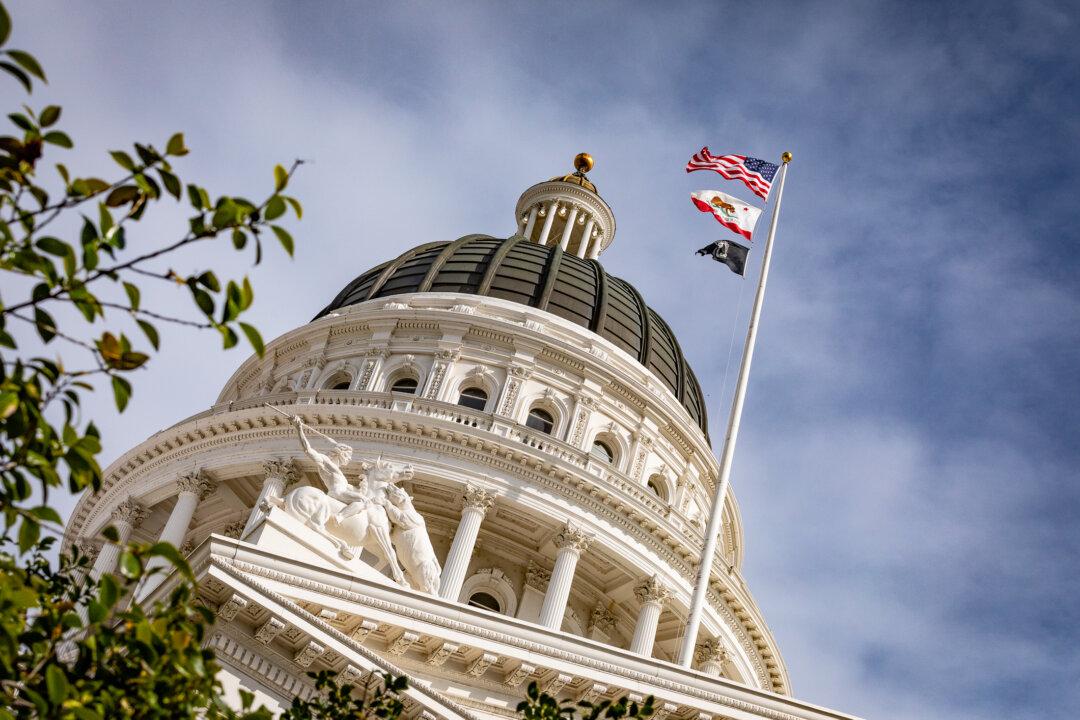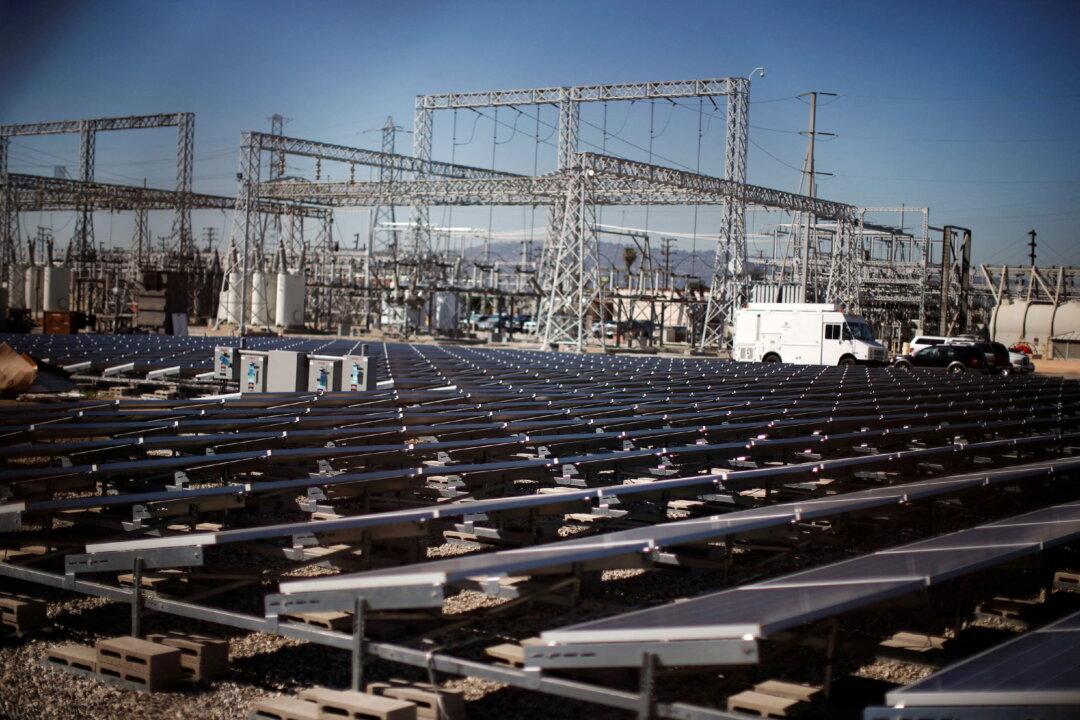Commentary
When I came to California in 1987 to write about state politics, one of the pleasant surprises was the Legislative Analyst’s Office. I like using data in my articles. And they provide analyses that truly live up to their “nonpartisan” label. That has happened even as the state has shifted away from a two-party system as the Democrats have achieved supermajority status in both houses of the Legislature, meaning more than two-thirds of votes.





